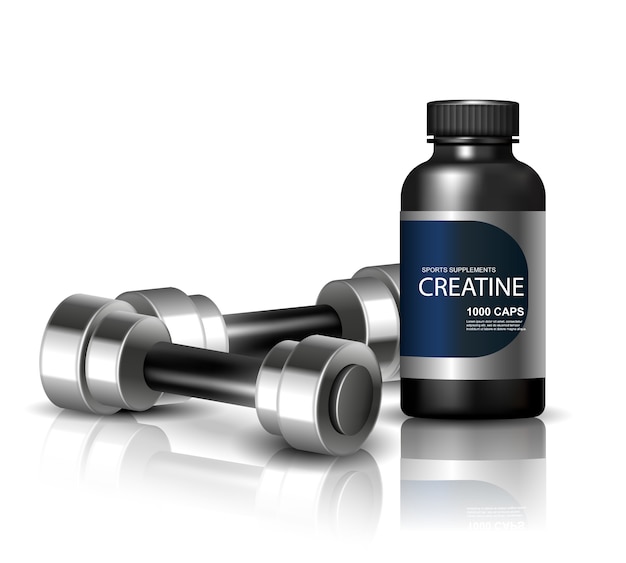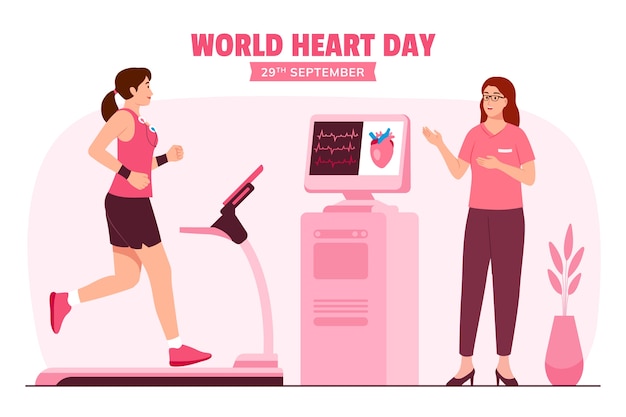21 Common Mistakes That Hinder VO2 Max Improvement in PCOS: What to Fix and How to Thrive
If you're living with Polycystic Ovary Syndrome (PCOS), improving your cardiovascular fitness isn’t just about performance—it’s a powerful tool for managing insulin resistance, balancing hormones, and boosting overall metabolic health. One of the best markers of cardiovascular fitness is VO2 max, which measures how efficiently your body uses oxygen during intense exercise.
Yet, many women with PCOS struggle to improve their VO2 max despite consistent workouts. Why? Often, it’s not lack of effort—it’s common, overlooked mistakes that sabotage progress. This article reveals 21 key missteps, explains why they matter, and shows you how to adapt your approach for real results.
What Is VO2 Max and Why It Matters for PCOS
VO2 max reflects your aerobic endurance. Higher levels are linked to better insulin sensitivity, reduced inflammation, and improved heart health—all critical for PCOS management. Unfortunately, women with PCOS often have lower baseline VO2 max due to metabolic and hormonal imbalances.
Improving it can help regulate menstrual cycles, support weight management, and reduce long-term risks like type 2 diabetes. But progress stalls when training and lifestyle habits work against you.

21 Mistakes Sabotaging Your VO2 Max Progress
- Skipping High-Intensity Interval Training (HIIT): Steady-state cardio alone isn’t enough. HIIT boosts mitochondrial function and oxygen utilization more effectively.
- Overtraining Without Recovery: Chronic stress raises cortisol, worsening insulin resistance and impairing aerobic adaptation.
- Ignoring Strength Training: Muscle mass improves glucose uptake and supports metabolic rate, indirectly enhancing VO2 max.
- Poor Nutrition Timing: Exercising in a fasted state without proper fuel may impair performance and recovery, especially with insulin dysregulation.
- Low Protein Intake: Inadequate protein reduces muscle repair and endurance gains.
- Dehydration: Even mild dehydration reduces blood volume and oxygen delivery to muscles.
- Sleep Deprivation: Poor sleep disrupts hormone balance and aerobic recovery.
- Chronic Stress: Elevated cortisol interferes with fat metabolism and aerobic efficiency.
- Underestimating Rest Days: Adaptation happens during recovery—skipping rest limits VO2 max gains.
- Too Much Low-Intensity Exercise: While beneficial, it doesn’t sufficiently challenge the aerobic system for improvement.
- Irregular Training Schedule: Inconsistency prevents physiological adaptations from taking hold.
- Not Tracking Progress: Without measuring effort or performance, it’s hard to adjust and improve.
- Ignoring Breathing Technique: Poor breathing limits oxygen intake, reducing workout efficiency.
- Exercising at the Wrong Time: Hormonal fluctuations in PCOS may make afternoon workouts more effective than morning ones.
- Over-Reliance on Supplements: No pill replaces proper training and nutrition.
- Not Warming Up or Cooling Down: Skipping these phases increases injury risk and reduces training quality.
- Training Through Illness or Fatigue: This delays recovery and can lead to regression.
- Poor Posture and Form: Inefficient movement reduces oxygen use and increases injury risk.
- Neglecting Hydration and Electrolytes: Essential for blood flow and muscle function during intense efforts.
- Setting Unrealistic Goals: Impatience leads to burnout. VO2 max improves gradually, especially with PCOS.
- Not Addressing Underlying Insulin Resistance: High insulin levels impair fat oxidation and aerobic capacity.
- Ignoring Mental Health: Anxiety and depression reduce motivation and exercise adherence.
How to Adapt for Better VO2 Max and PCOS Management
The key is a balanced, sustainable approach. Focus on:
- Include 2–3 HIIT sessions weekly (e.g., 30 seconds sprint, 90 seconds rest for 15–20 minutes).
- Combine cardio with resistance training to build lean mass and improve insulin sensitivity.
- Eat balanced meals with complex carbs, healthy fats, and protein—especially post-workout.
- Stay hydrated and consider electrolyte support during intense sessions.
- Prioritize sleep (7–9 hours) and stress reduction (mindfulness, yoga, breathing).
- Track heart rate and perceived exertion to monitor aerobic intensity.
- Work with a coach or use a fitness tracker to personalize your training zone.

Final Thoughts
Improving VO2 max with PCOS is not just possible—it’s a strategic advantage for long-term health. By avoiding these 21 common mistakes and adopting a holistic, informed approach, you can enhance aerobic fitness, regulate metabolism, and feel stronger every day. Progress may be gradual, but consistency and clarity make all the difference.
Start small, stay consistent, and listen to your body. Your VO2 max—and your health—will thank you.

















